Sono tra le primissime formatesi nell'universo primordiale, tra 350 e 450 milioni di anni dopo il Big Bang. Lo conferma lo studio di un team internazionale guidato dall'Italia, con l'Istituto Nazionale di Astrofisica (Inaf)
Si alza finalmente il sipario sull'alba del cosmo grazie al nuovo telescopio spaziale James Webb (Jwst), lanciato lo scorso Natale dalle agenzie spaziali di Stati Uniti (Nasa), Europa (Esa) e Canada (Csa). Nelle sue prime osservazioni scientifiche, il telescopio spaziale più grande e potente mai costruito è riuscito a immortalare due tra le primissime galassie dell'universo primordiale, tra 350 e 450 milioni di anni dopo il Big Bang. Un risultato rivoluzionario che apre una nuova era per l'astronomia, come indica lo studio pubblicato su The Astrophysical Journal Letters da un team internazionale guidato dall'Italia con l'Istituto Nazionale di Astrofisica (Inaf). Alla collaborazione hanno partecipato anche ricercatori dello Space Science Data Center dell'Agenzia Spaziale Italiana (Asi), dell'Università di Ferrara e della Statale di Milano.
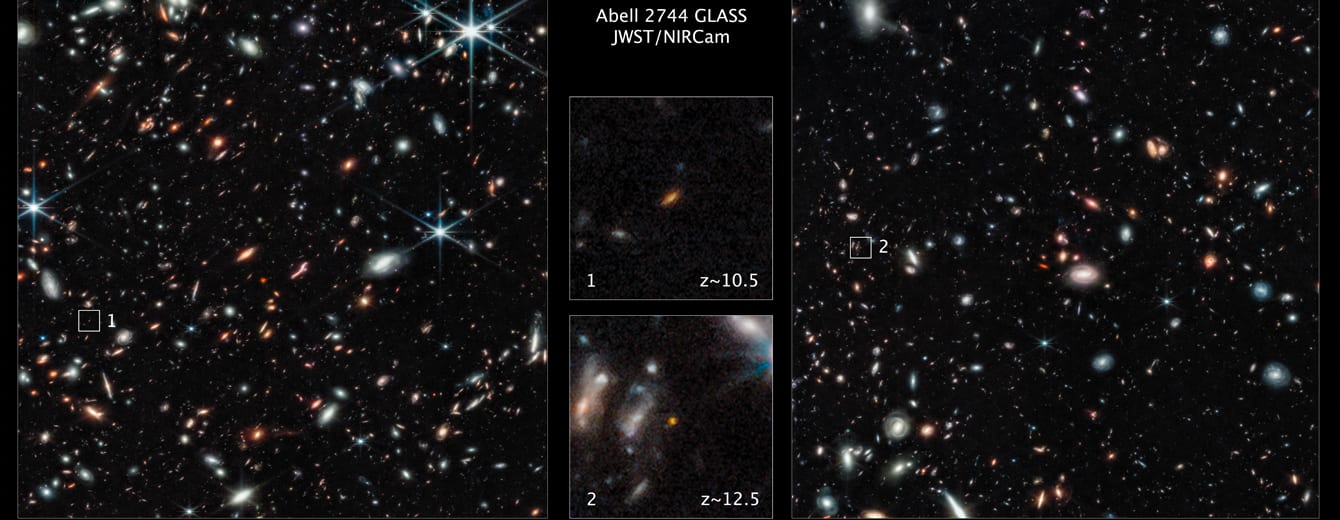
Le galassie più antiche mai viste
Le due galassie, tra le più antiche mai viste finora, sono state individuate grazie alle osservazioni del lontano ammasso di galassie Abell 2744 e di due regioni del cielo ad esso adiacenti, realizzate dal telescopio spaziale tra il 28 e il 29 giugno nell'ambito del progetto Glass-Jwst Early Release Science Program. Il gruppo guidato da Marco Castellano, ricercatore Inaf a Roma, è stato tra i primi a usare i dati di Jwst, pubblicando un pre-print sulla piattaforma arXiv a luglio, solo cinque giorni dopo che i dati erano stati resi disponibili. "C'era molta curiosità nel vedere finalmente cosa Jwst poteva dirci sull'alba cosmica, oltre naturalmente al desiderio e all'ambizione di essere i primi a mostrare alla comunità scientifica i risultati ottenuti dalla nostra survey Glass", afferma Castellano. "Non è stato facile analizzare dei dati così nuovi in breve tempo: la collaborazione ha lavorato 7 giorni su 7 e in pratica 24 ore su 24 anche grazie al fatto di avere una partecipazione che copre tutti i fusi orari".

leggi anche
Pilastri della creazione, telescopio Webb cattura nuova immagine. FOTO
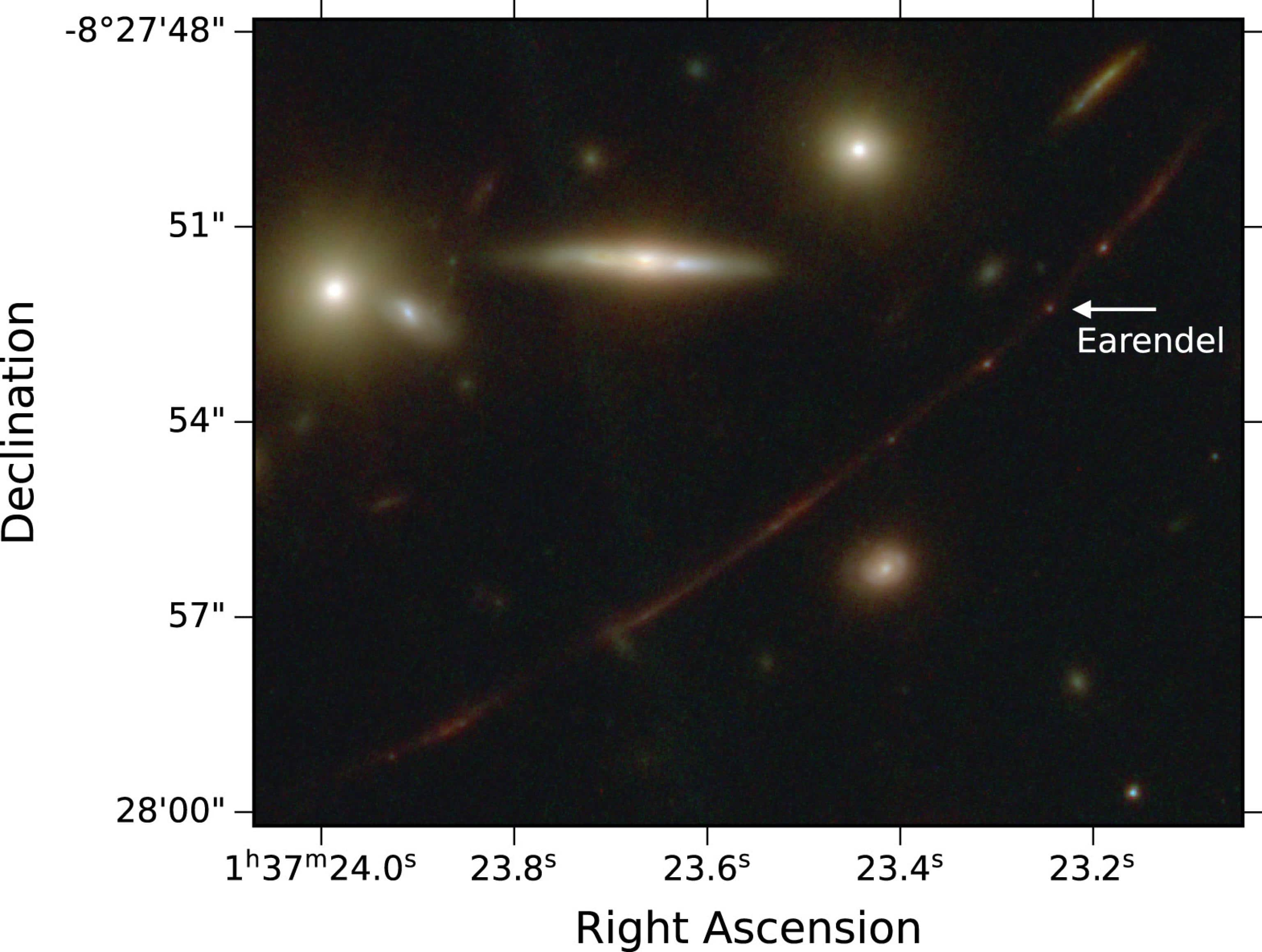
La ricercatrice: "Nuovo capitolo per l'astronomia"
Tanta fatica è stata ricompensata da risultati straordinari. "Queste osservazioni sono rivoluzionarie: si è aperto un nuovo capitolo dell'astronomia", commenta Paola Santini, ricercatrice dell'Inaf a Roma e coautrice dell'articolo. "Già dopo i primissimi giorni dall'inizio della raccolta dati, Jwst ha mostrato di essere in grado di svelare sorgenti astrofisiche in epoche ancora inesplorate". Queste antiche galassie "sono molto diverse dalla Via Lattea o da altre grandi galassie che vediamo oggi intorno a noi", spiega il responsabile del progetto Glass-Jwst Tommaso Treu, professore all'Università della California a Los Angeles e tra i protagonisti di una conferenza stampa organizzata dalla Nasa per presentare i nuovi risultati.
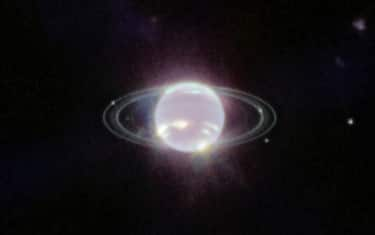
leggi anche
Dal telescopio Webb un’immagine nitida degli anelli di Nettuno
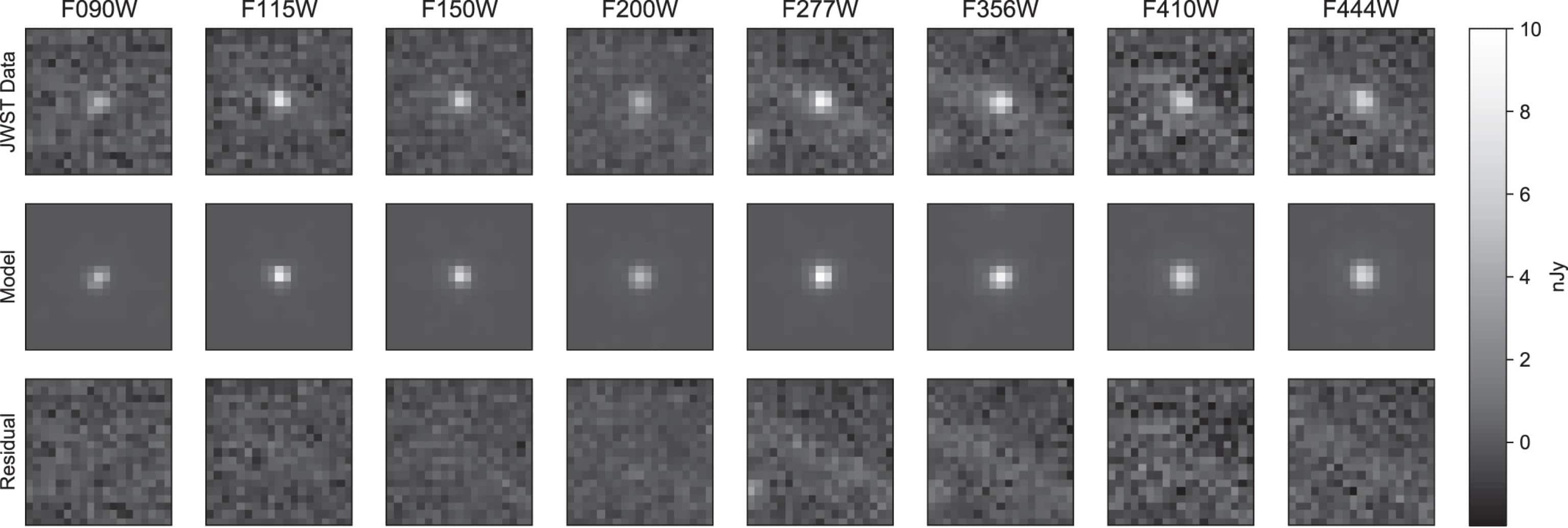
Il dato sulla distanza tra le due galassie deve essere confermato
Le osservazioni del Jwst sembrano indicare che le galassie nell'universo primordiale fossero molto più luminose, anche se più compatte del previsto. Se ciò fosse vero, potrebbe rendere più facile per il telescopio trovare un numero ancor maggiore di queste galassie precoci nelle sue prossime osservazioni. La distanza delle due antiche galassie dovrà essere confermata con maggior precisione, ma si tratta già dei candidati più robusti selezionati ad oggi con dati del Jwst. A confermare l'affidabilità dei risultati è l'accordo con quanto riscontrato in altri studi, come il lavoro guidato da Rohan Naidu dell'Harvard Center for Astrophysics (Usa), pubblicato sempre su The Astrophysical Journal Letters.
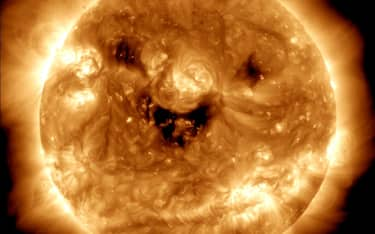

)
)
)
)
)